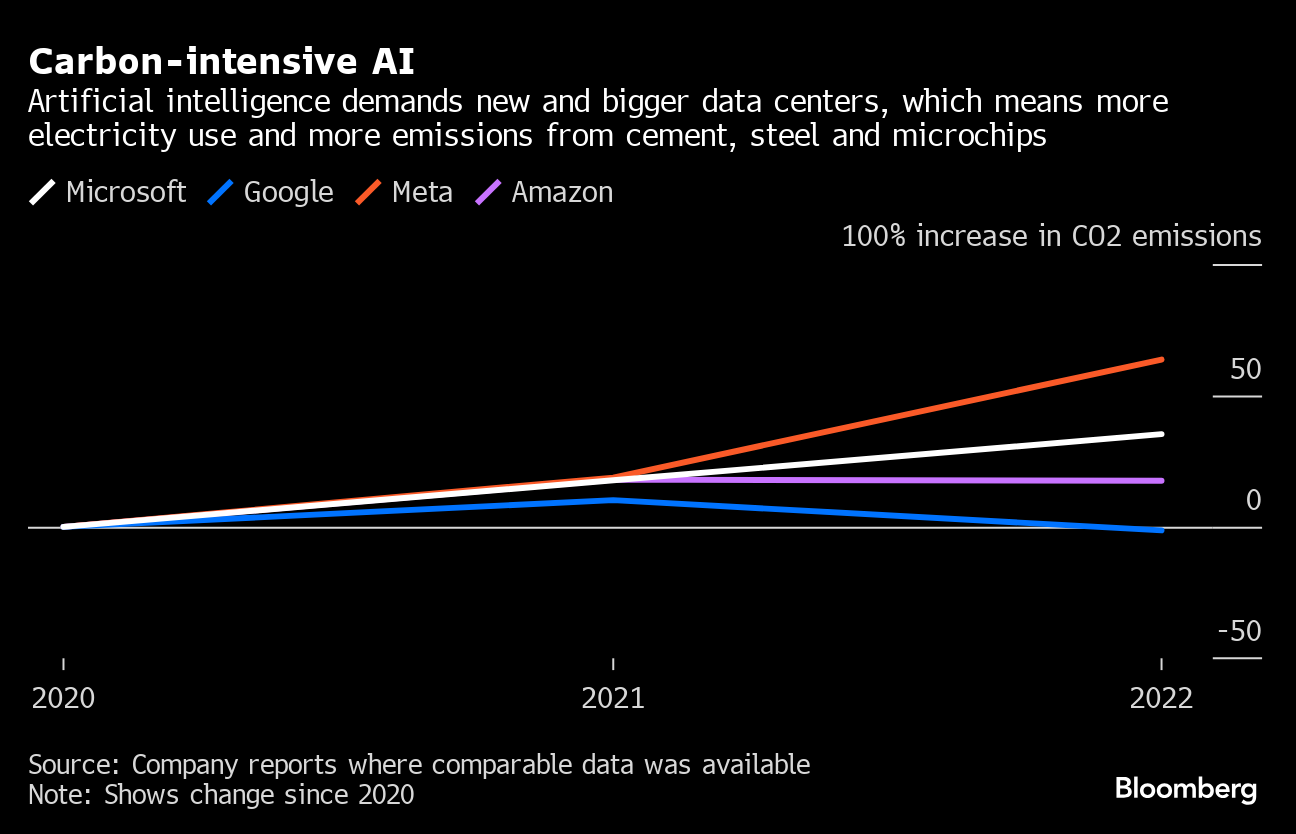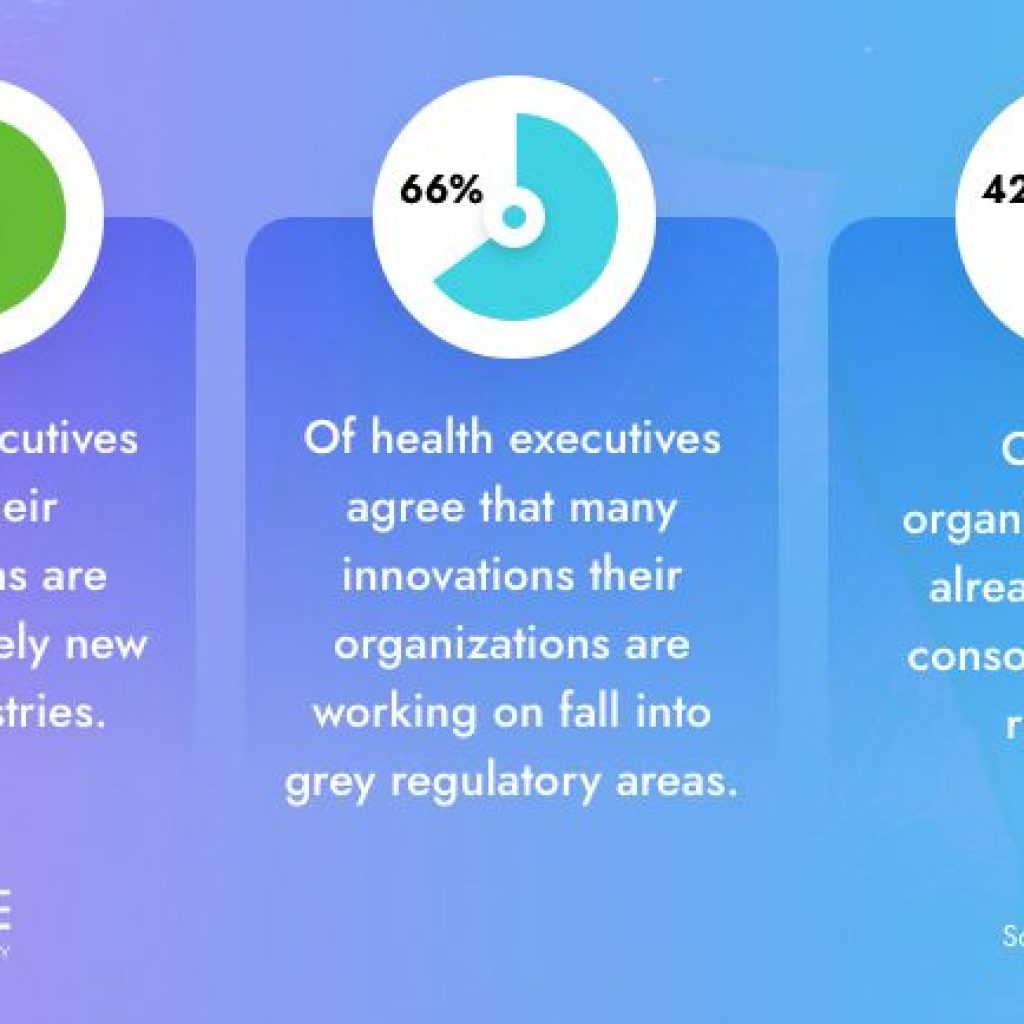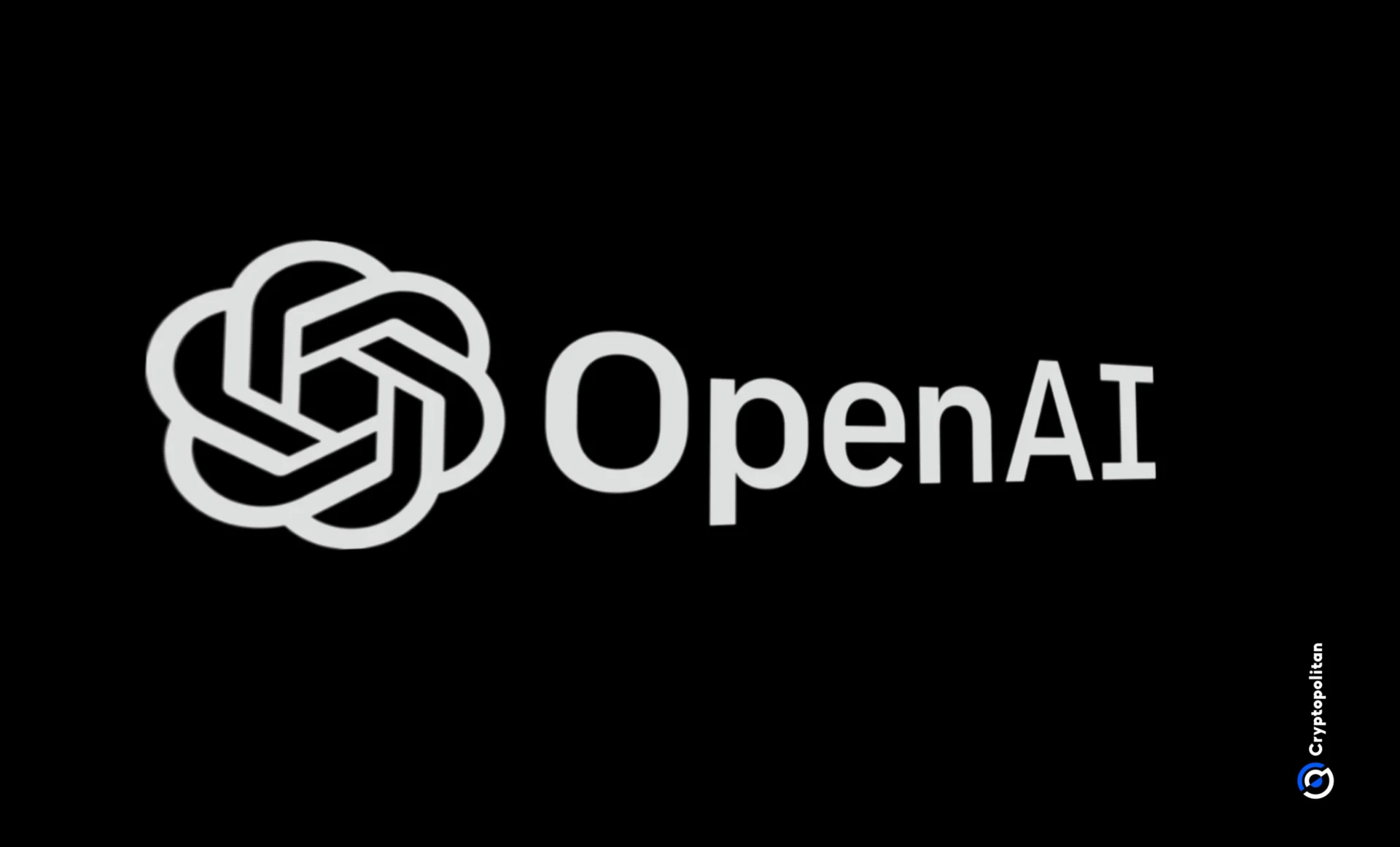Microsoft confirmed that their future planning therefore reflects true measures being taken to be at least carbon-negative by the end of 2030. On the other hand, it has been proved that emissions in case data centers are being used lead to soaring importance of them. According to Microsoft, their carbon footprint grew to nearly double what it was last year (30%), which is consistent with their latest sustainability report. The point here is that the planet faces the problem of harmonizing the technological progress that users experience and the environmental conservation issue.
The integration of AI with the brand’s technology is categorically behind its competitors while working efficiently to centralize operations and bring the level of operations to the cutting edge. Consequently, companies like Microsoft rest in the trend by using their data centers as much as possible. And, this is a must for using high-power and sophisticated AI algorithms; at the same time, it results in spreading AI knowledge to the masses. However, Microsoft maintained a positive trend in its CO2 reduction, emissions of which include Scope 1 direct emissions from its operations and Scope 2 indirect emissions from purchased energy, except a year-by-year increase in the emissions when compared to 2015. The carbon footprint has grown by about 3% from the end of 2020 up to now, and this happens because of the construction and opening of new data centers.
Data centers and carbon emissions
The emissions from Microsoft’s data centers alone came to 15. per year at 357 million tons of carbon dioxide. This amount of carbon is close to the amount that powers countries like Haiti and Brunei in just one year. A boost is being witnessed mainly as a result of the growing number and size of new resource centers that consume high amounts of power for running cloud services and AI technologies.
The company recognizes that it is in a different position than other vendors in the cloud business. The countermeasure to that is Microsoft adopted new rules by which Microsoft suppliers are respondents, mainly those in large-scale manufacturing and high-volume business. They intend to power all Microsoft-supplied production units with carbon-free energy sources for the year 2030. This is a part of the strategic approach that emphasizes on efficient impact of the environment and supply chain operations of the business.
The global challenge of AI’s carbon footprint
The realization that AI has a negative environmental impact has become undeniable. Research conducted by the AI firm Hugging Face and Carnegie Mellon University shows that the AI technologies are not equally eco-friendly, some of them are energy-intensive. From the energy perspective the energy used only for the creation of a single image by an AI-installer is equivalent to that consumed by a smartphone that is charged completely, therefore showing the enormous power needs of such technologies.
The world’s rising vigilante attitude to climate change, and the technological sector’s carbon footprint, comprising AI, portends growing pressures. Whether one wants financial stability or market success, companies are faced with the challenge of not only inventing something new but doing the same in a way that is sustainable and responsible for environmental issues.
Future Prospects and Industry Responsibility
Microsoft’s initiative to become carbon-negative before 2030 is just a sign of a trend in the business industry to shift towards more sustainable operations. Nonetheless, the AI and cloud computing development, these goals can not be easy to come true due to multiple unforeseen challenges. The company’s move to limit direct emissions, as well as its request for suppliers to upgrade to cleaner energy sources, are great initiatives that affirm its commitments to a greener future, but the ever-increasing demand for AI makes this hardship even more complex.
The industry will be put in a position where R&D will be given priority so that the most damaging environmental technologies be replaced now with better, less environmentally damaging methods. To overcome the evidence of greenhouse gas emissions, the main transition point should be the renewable sources of energy. This will be the substitution for fossil fuels. The energy-efficient systems will improve ecological sustainability. Leading in AI adoption and adoption, the sector will simultaneously have the job of writing how AI plays its role in the ecological systems situation.








